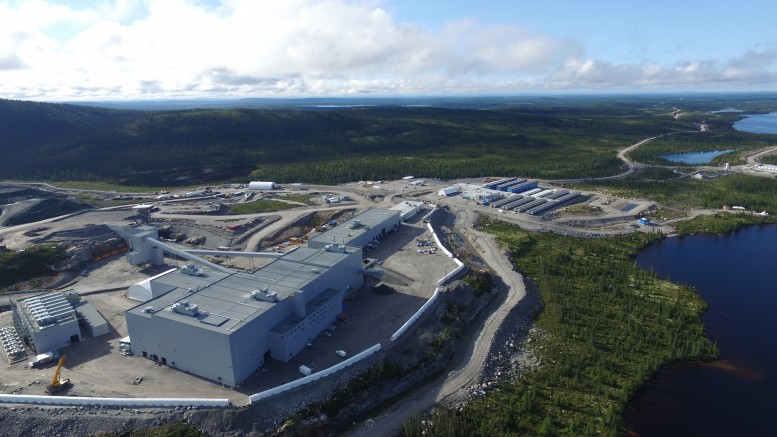The federal government’s latest initiative comes right out of the Liberal Party of Canada’s 2015 election platform: “We will establish the Canadian Infrastructure Bank to provide low-cost financing for new infrastructure projects.”
After a year in power, the party is finally making good on this particular election promise with the announcement in the fall economic statement by Finance Minister Bill Morneau that such a bank will indeed be created.
The idea certainly makes sense from the viewpoint that the federal government — with its supreme credit rating in the country — can borrow money more easily and at a lower rate than any other level of government, and pass along the savings to the provinces and municipalities that will spearhead the particular infrastructure’s development.
Where a lack of capital represents a barrier to projects, the Liberals say the arm’s length Canada Infrastructure Bank could provide loan guarantees and small capital contributions to provinces and municipalities to ensure the projects are built.
The Mining Association of Canada (MAC) was first out of the gate to praise the announcement as “bold, visionary and nation-building,” and setting Canada “on a path of long-term, sustainable growth” by attracting private-sector investment, getting Canadian goods to markets, addressing challenges in remote and northern communities — including aboriginal employment — and supporting the transition to a lower carbon economy.
The MAC added that the government has communicated an “unprecedented vision for how infrastructure will transform remote and northern Canada — regions that are critically important to, and reliant on, Canada’s mining sector” and suffer what is often an acute lack of infrastructure.
The association re-emphasized a recent study it has coauthored on infrastructure that concludes it costs 2 to 2.5 times more to build a gold or base metal mine in northern Canada off grid than in the south, as a result of the lack of infrastructure.
The MAC notes that creating an infrastructure bank was one of the key suggestions in its study, and says the idea has been recommended by several aboriginal groups and business organizations, and most recently the Advisory Council on Economic Growth. The MAC points to the Alaska Industrial Development and Export Authority as a model that could be emulated.
Stornoway Diamond’s new Renard diamond mine in Quebec shows how a government’s commitment to infrastructure spending — in Renard’s case, the Quebec government helping build and finance a road to the remote site — can get a mine over a major development hurdle that likely would have been insurmountable without support.
The federal government’s infrastructure bank is part of its larger plans to stimulate the economy and attract investment, with such measures as: $81 million to be spent on infrastructure over the next 11 years (a two-year extension to 2028, though long after the current government’s mandate ends); creating an “Invest in Canada” hub to attract foreign investment; and speeding up the processing of highly skilled temporary foreign workers.
The struggling, resource-dependent Canadian economy, coupled with the current high levels of spending by the federal government, means there is no end in sight to the large federal deficits, with this year’s deficit to come in at $25.1 billion and next year’s at $27.8 billion.
Moreau said details on how the Canadian Infrastructure Bank will operate and be funded will be in the 2017 budget tabled next March, and the bank could be up and running by the end of 2017.
He did say, however, that the bank will be capitalized, with $15 billion from existing programs that have extra funds and another $20 billion in equity or debt tied to specific projects built with public and private partners.
The Federation of Canadian Municipalities is already saying the bank should be capitalized with new money — not from old money from previously earmarked infrastructure programs — but that it is pleased with the new bank’s creation.


Be the first to comment on "Editorial: Federal gov’t to establish Canadian Infrastructure Bank"